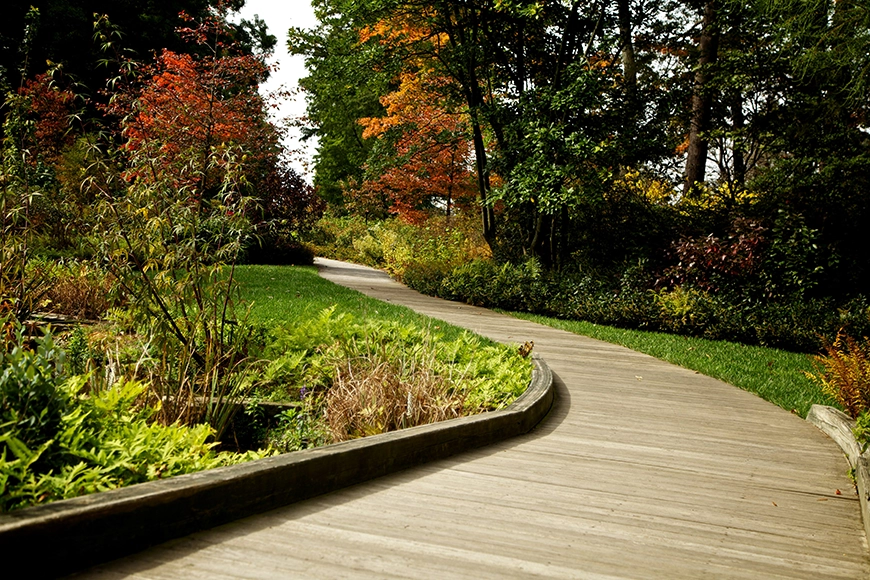Native Grass
Discover the beauty and ecological benefits of native grass, celebrated for their resilience, sustainability, and ability to thrive in diverse environments. Below, explore detailed information about our selection of native grass and learn how these plants can enrich and sustain your outdoor spaces.
Overview
Native grasses play a vital role in sustainable landscaping, offering a unique blend of aesthetic appeal and environmental benefits. Adapted to local climates and soil conditions, these grasses are valued for their low maintenance requirements and ability to support local wildlife.

Key Features:
- Ecological Benefits: Native grass provide habitat and food for local wildlife, support pollinators, and improve soil health through natural processes.
- Water Efficiency: Once established, native grass require minimal irrigation, reducing water consumption compared to traditional lawn grasses.
- Seasonal Interest: From the swaying plumes of ornamental grasses in summer to the golden hues of prairie grasses in fall, native species offer year-round visual interest.
- Diversity: Native grass come in a variety of heights, textures, and colors, allowing for creative landscaping designs and habitat restoration projects.
Popular Varieties
- Panicum virgatum (Switchgrass): Known for its upright growth habit and tolerance to a wide range of soil conditions, offering blue-green foliage that turns golden in fall.
- Schizachyrium scoparium (Little Bluestem): A clumping grass with blue-green foliage that turns bronze-red in autumn, providing habitat and visual appeal.
- Andropogon gerardii (Big Bluestem): Taller grass with distinctive three-parted seed heads, adding height and texture to prairie landscapes.

Benefits
- Wildlife Habitat: Native grass attract birds, butterflies, and beneficial insects, supporting biodiversity in urban and rural settings.
- Erosion Control: Deep root systems stabilize soil and prevent erosion, making native grasses ideal for slopes and restoration projects.
- Low Maintenance: Once established, native grasses require minimal mowing and fertilization, reducing maintenance costs and environmental impact.
- Drought Tolerance: Adapted to local rainfall patterns, native grasses thrive in dry conditions without the need for supplemental irrigation.
Cultivation Tips
- Site Selection: Choose native grass species suited to your local climate, soil type, and sunlight conditions for optimal growth.
- Planting: Prepare soil adequately and plant grass plugs or seeds according to species requirements, ensuring good establishment.
- Maintenance: Occasional trimming or burning in late winter helps rejuvenate native grass stands and promote new growth.
- Integration: Combine native grasses with wildflowers, shrubs, and trees to create dynamic landscapes that mimic natural ecosystems.
Explore Our Selection
At Newcomb’s Nursery, we specialize in native grass that promote sustainability and enhance the natural beauty of your outdoor spaces. Whether you’re restoring a prairie habitat, creating a xeriscape garden, or seeking low-maintenance landscaping solutions, our native grasses are chosen to meet your ecological and aesthetic goals.
Visit Newcomb’s Nursery today to explore our diverse selection of native grass and start transforming your landscape with sustainable beauty.




